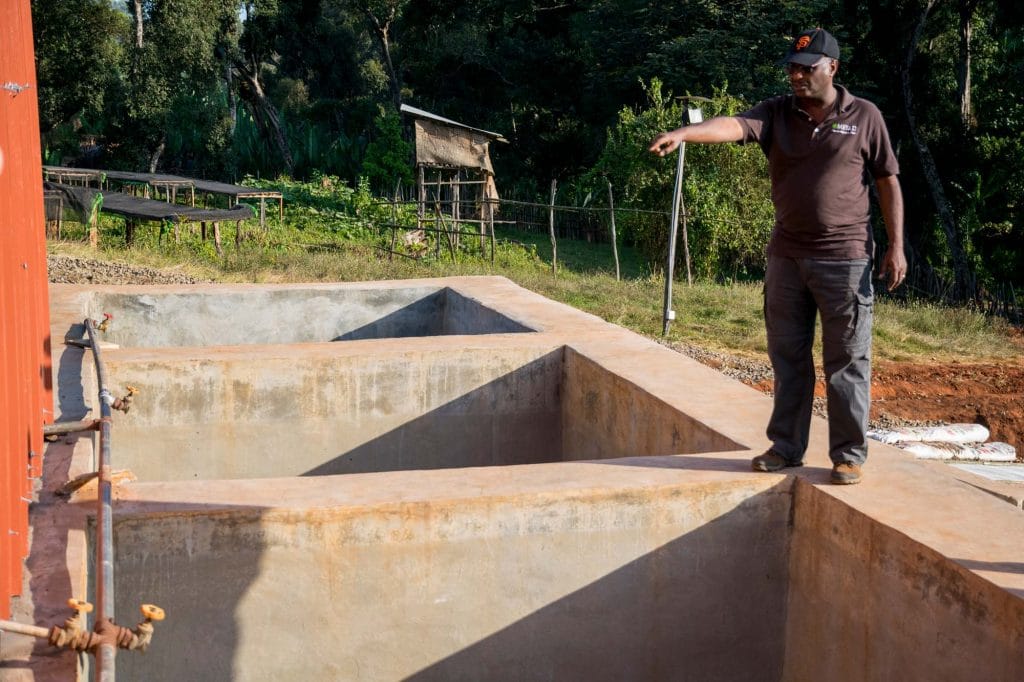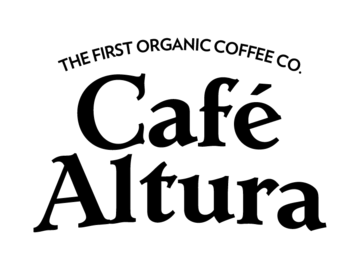
What is the Difference between a Wet Mill, a Washing Station and a Dry Mill?
What’s the difference between a wet mill, washing station and dry mill? What even are these things in the first place? All great questions which we hope to answer for you in this post.
Throughout coffee processing, there are three main steps–harvesting, wet milling and dry milling. Harvesting is pretty self-explanatory. Farmers pick the coffee once it has matured appropriately and is ready for harvest. After the coffee is picked, the bean has to go through a series of steps in order to separate the bean from the fruit, prepare it for roasting and, ultimately, brewing.
Wet milling, the step that comes after harvesting, is focused on separating the fruit of the coffee cherry from the oh-so-precious bean within, This can be done in a variety of ways, using different machines and techniques. One of the more common approaches involves the use of a pulper. This spiked drum works by tearing the pulp of the coffee from the seeds (aka beans) which then fall into a tank. The coffee ferments in these tanks to loosen any remaining fruit so beans can then be thoroughly washed.
Accordingly, the places where this process occurs are called washing stations, though the term is more frequently applied in Africa where centralized processing is common. In Central and South America, the same process is undergone, but farmers are more likely to have their own pulping and washing stations or use one collectively with a few other growers.
Once the washing is complete, the coffee must be dried before it can undergo any further processing. This can be done manually, on sun patios, or in mechanical dryers (or frequently with some combination of the three). The proper drying of coffee is crucial to halting the gentle fermentation that began to take place during the wet milling. If the dehydration takes too long, is too harsh, or doesn’t get the beans into the right moisture range the coffee’s flavor can be greatly affected. After the coffee has successfully gone from its starting moisture content of nearly 60% to 11-13% it can be transferred to the dry mill.
At the dry mill coffee has one final layer left for removal, a covering called parchment. The dry mill removes parchment from the beans and sorts them to be a uniform size. Traditionally this was done by hand, but increasingly there are automated options such as mechanized hullers. Hullers will separate the beans from this last remaining coating, leaving behind only what we recognize as the coffee bean. With the parchment removed, and the beans sorted, they get bagged for export, roasting and delivery to you.
So why is this all that important? Quality wet and dry milling are crucial steps that allow carefully grown crops to become exceptional tasting coffee. When done wrong, the milling processes can degrade the quality and flavor profile of beans. A farmer could cultivate an exceptional crop of beans, but with poor milling, it will only ever be unrealized potential. A lot of the focus on what makes great coffee great goes to farmers, roasters and baristas, but there are plenty of other steps along the way that play an important role in their own right.
